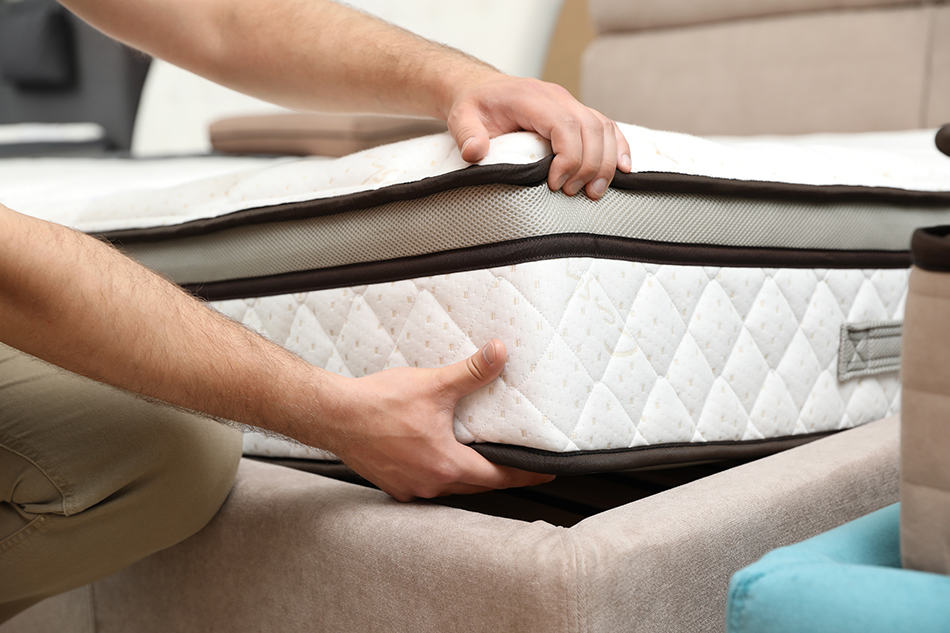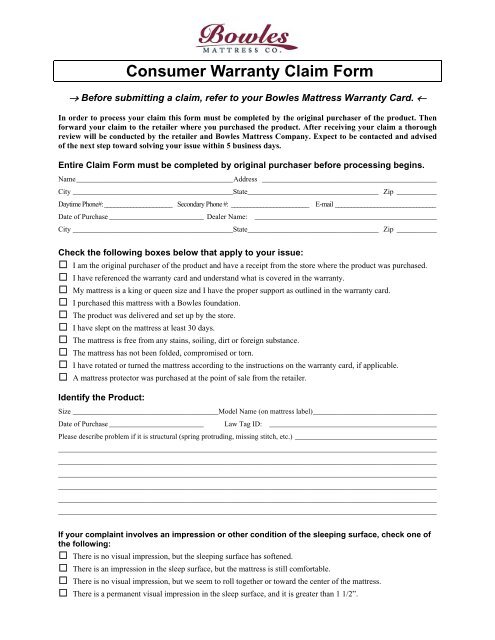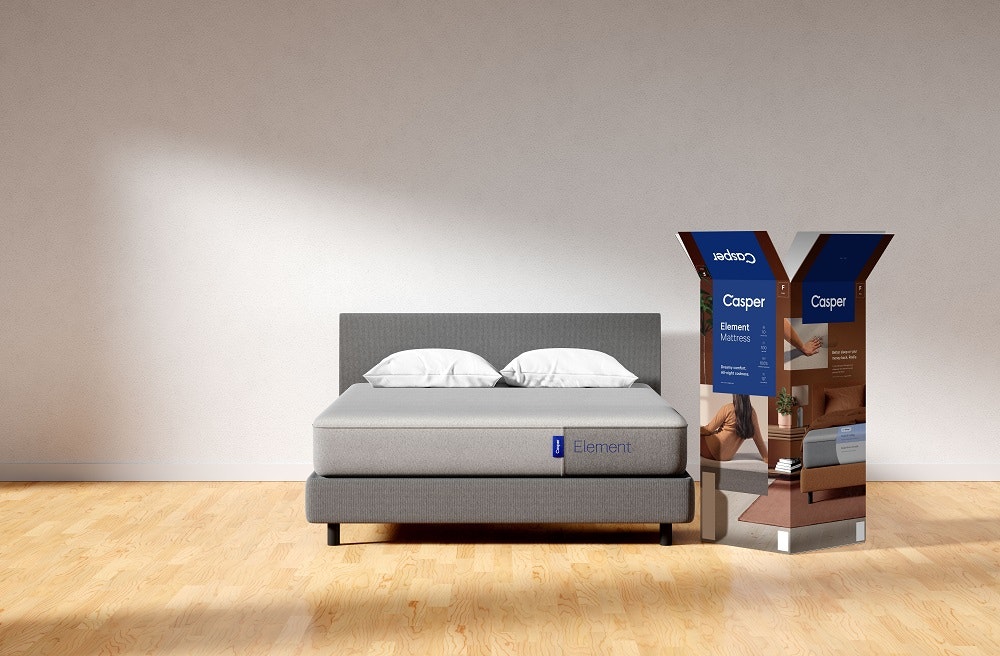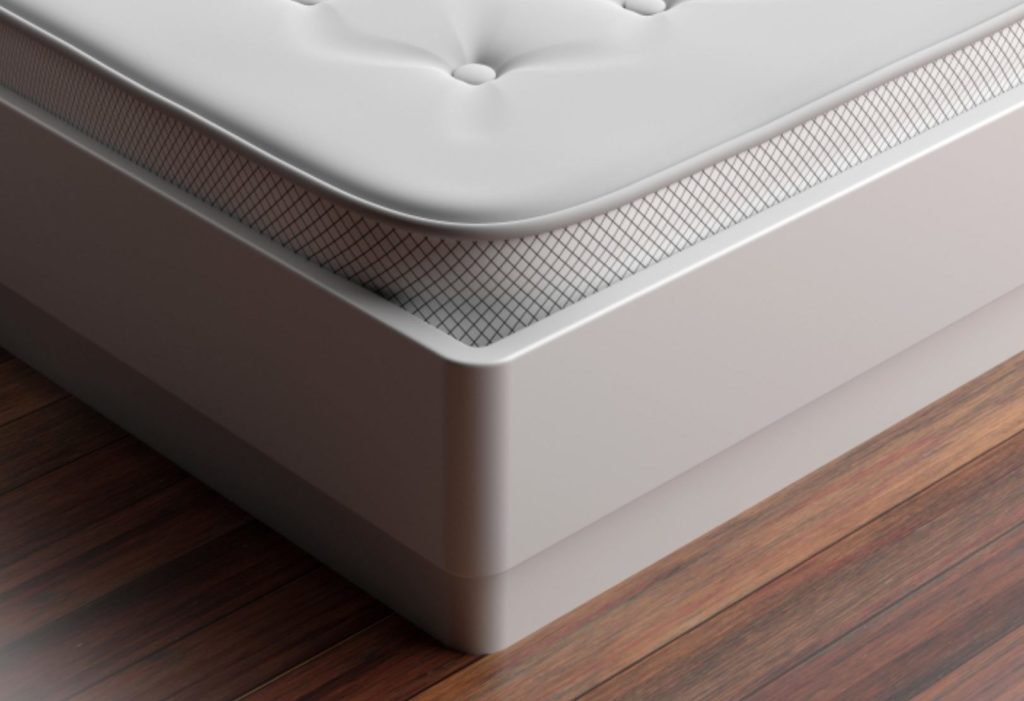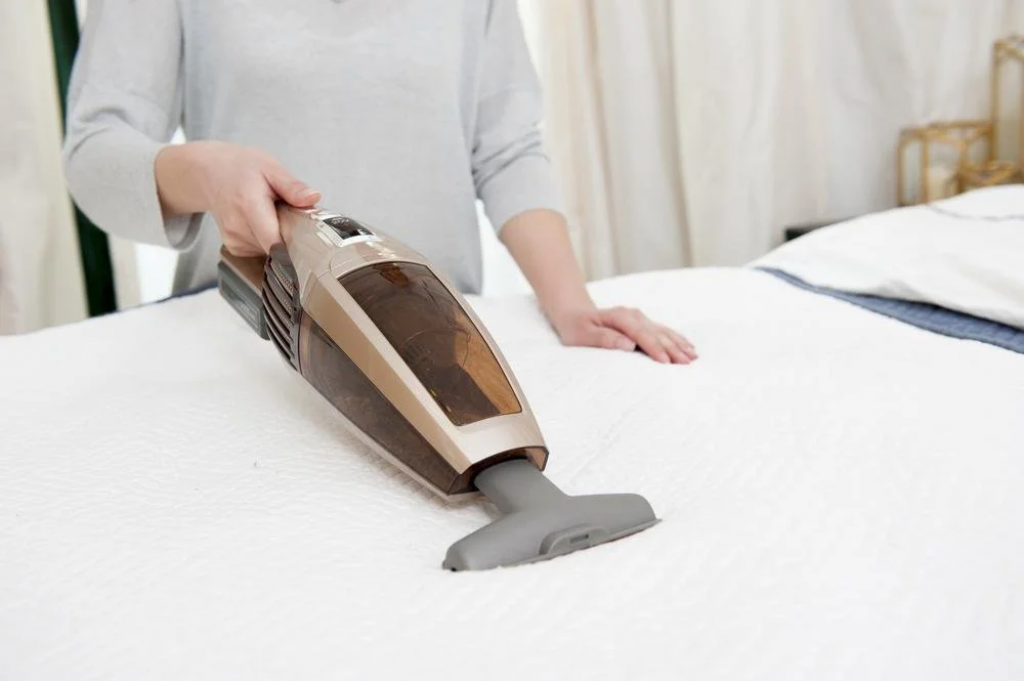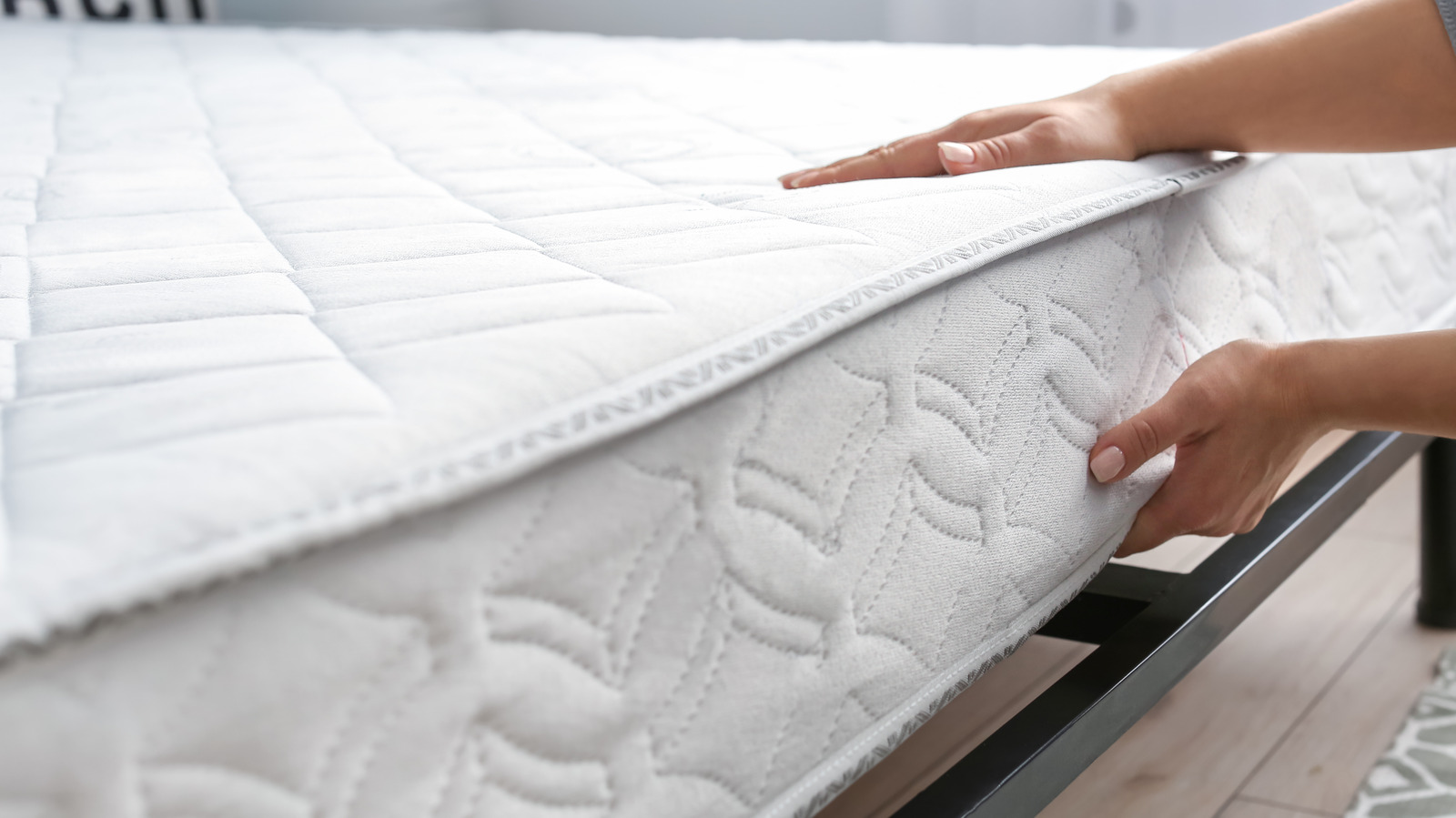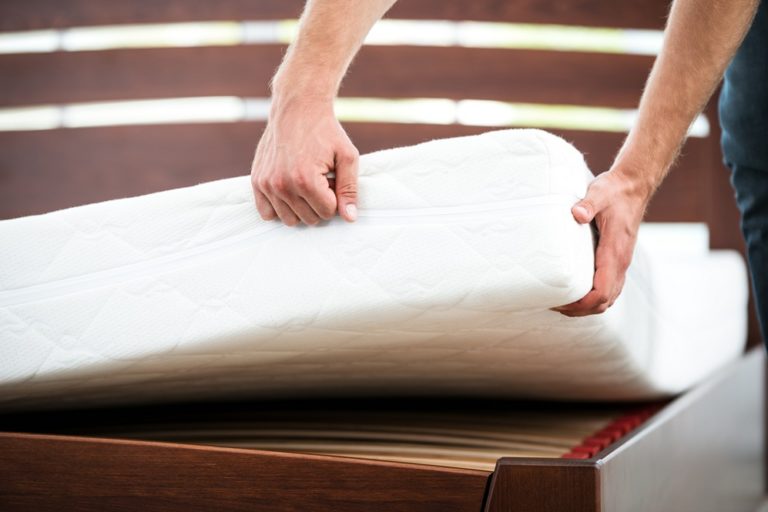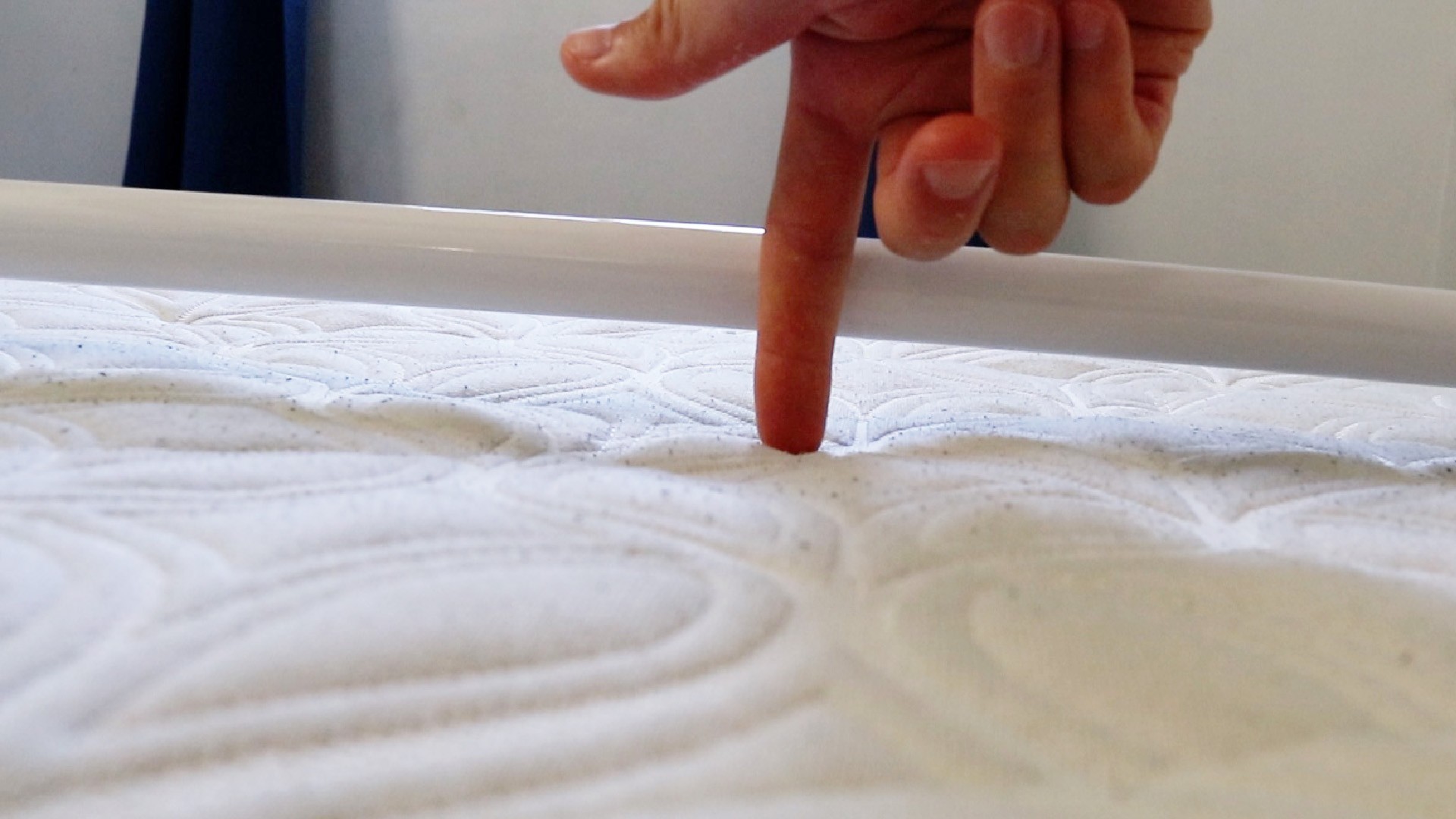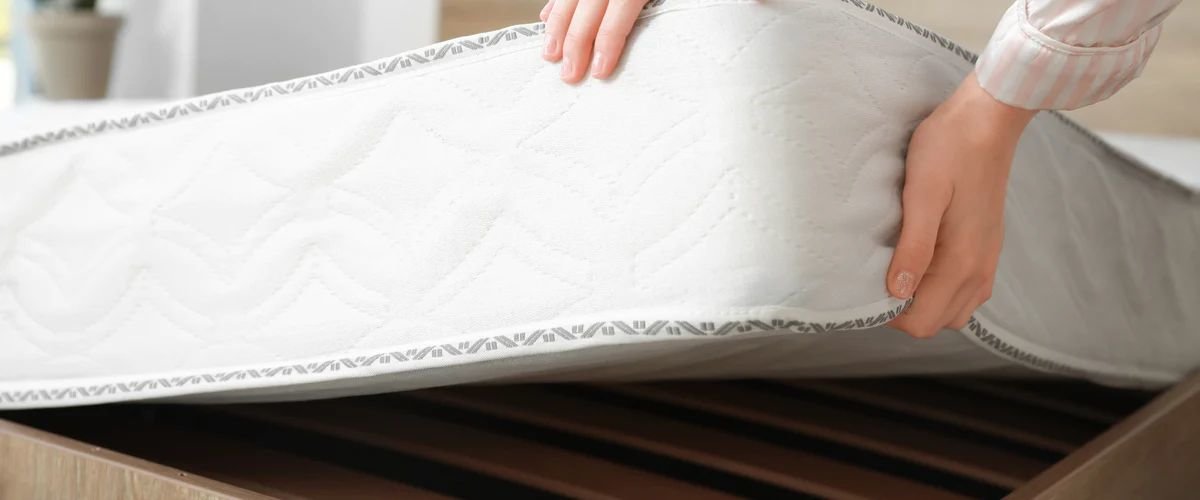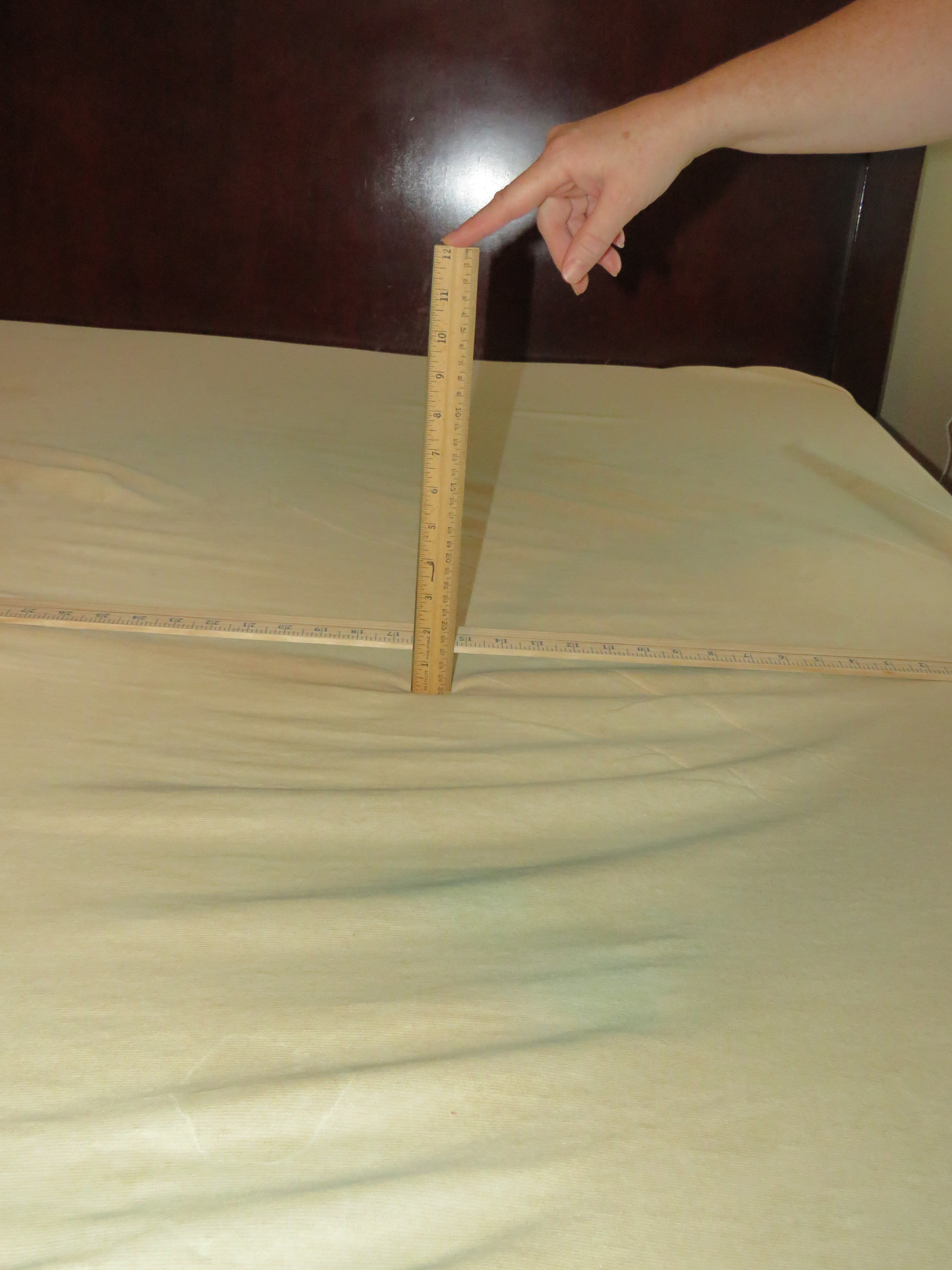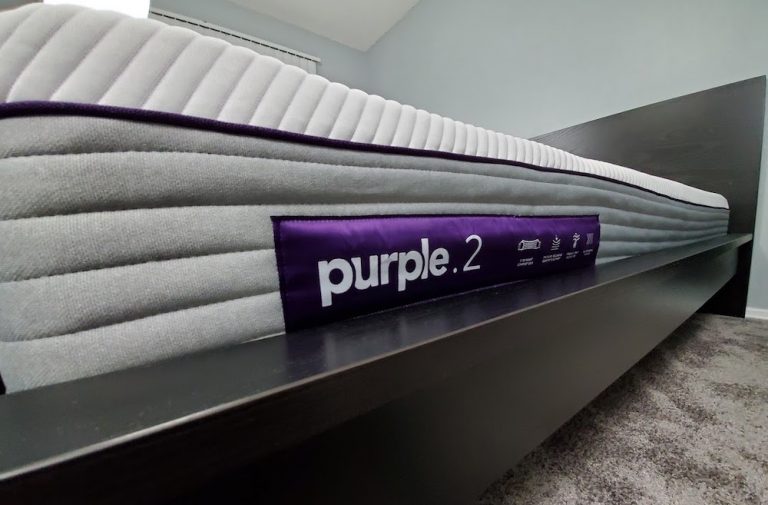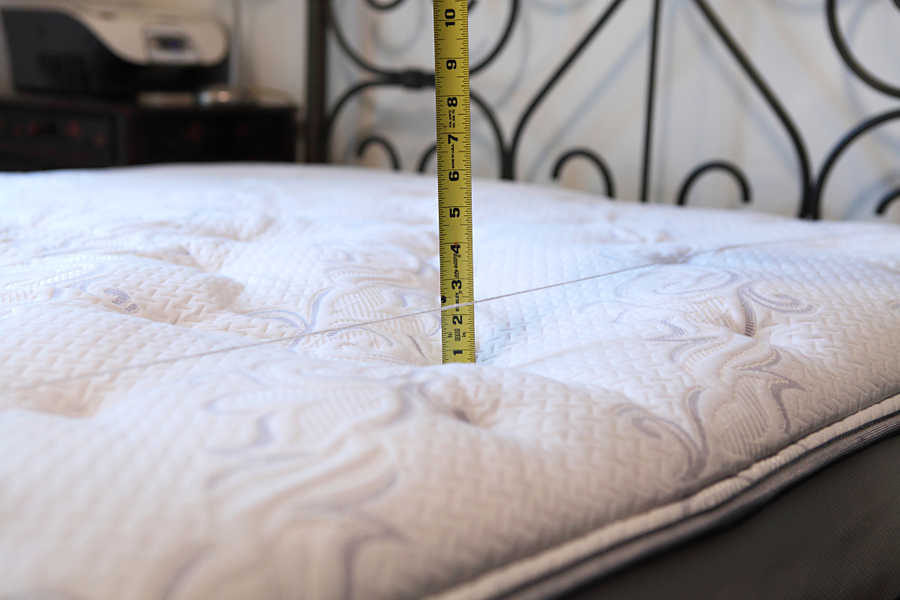When purchasing a new mattress, one of the most important considerations is the warranty. A mattress warranty is a guarantee from the manufacturer that their product will perform as expected for a certain period of time. But what exactly does a mattress warranty cover? Let's take a closer look.What Does a Mattress Warranty Cover?
Before we dive into the specifics of mattress warranties, it's important to understand that each warranty is different. Some may cover more than others, and some may have stricter requirements for coverage. Generally, a mattress warranty will cover defects in materials and workmanship, but it's important to read the fine print to know exactly what is covered.Understanding Mattress Warranties: What's Covered and What's Not
Indentations, or body impressions, are a common issue with mattresses. Over time, your body weight can cause the mattress to sink in certain areas, creating a noticeable dip. So, does a mattress warranty cover indentations? The answer is, it depends. Some warranties will cover indentations that exceed a certain depth, while others may not cover them at all. It's important to check the specific warranty for details.Does a Mattress Warranty Cover Indentations?
Sagging is another common problem with mattresses, and it can be caused by a variety of factors such as the weight of the sleeper, the quality of the materials, and the type of support system. Similar to indentations, some warranties may cover sagging that exceeds a certain depth, while others may not cover it at all. It's important to understand the specific terms of your warranty.Will a Mattress Warranty Cover Sagging?
If your mattress is sagging and it is covered under warranty, the first step is to contact the manufacturer or retailer. They may have specific instructions on how to make a warranty claim. This may include taking photos of the sagging, providing proof of purchase, and filling out a claim form. It's important to follow these steps carefully to ensure that your claim is accepted.What to Do if Your Mattress is Sagging
If you need to make a warranty claim for your mattress, the first thing you should do is review the warranty terms and conditions. This will outline the specific steps you need to take in order to make a claim. In most cases, you will need to provide proof of purchase, photos of the issue, and a description of the problem. It's important to follow these instructions carefully to increase your chances of a successful claim.How to Make a Mattress Warranty Claim
While mattress warranties may cover a variety of issues, there are often exclusions that limit the coverage. These may include normal wear and tear, stains, damage caused by misuse or improper handling, and damage caused by an unsupportive foundation. It's important to understand these exclusions before making a warranty claim.Common Exclusions in Mattress Warranties
While some amount of indentations and sagging is normal over time, there are steps you can take to prevent excessive wear and tear on your mattress. This includes rotating your mattress regularly, using a supportive foundation, and avoiding jumping or standing on your mattress. Additionally, choosing a high-quality mattress with durable materials can also help prevent indentations and sagging.How to Prevent Indentations and Sagging in Your Mattress
It's important to understand the difference between indentations and sagging in mattresses. Indentations are often caused by body weight and are usually found in specific areas, while sagging is a more general sinking of the mattress. Indentations may be covered under warranty, while sagging may not be, so it's important to identify the issue correctly.Understanding the Difference Between Indentations and Sagging in Mattresses
When shopping for a new mattress, it's important to carefully review the warranty terms and conditions. Look for a warranty that covers defects in materials and workmanship for a reasonable period of time. Additionally, pay attention to any exclusions and requirements for making a warranty claim. By choosing a high-quality mattress with a solid warranty, you can rest assured that your investment is protected.What to Look for in a Mattress Warranty
Understanding Mattress Warranties: What is Covered?

When it comes to purchasing a new mattress, one of the most important considerations is the warranty. A warranty offers peace of mind and protection against any potential defects or damages that may occur. However, many consumers are unclear about what exactly is covered under a mattress warranty. One common question that often arises is, "does mattress warranty cover indents or sagging ?" Let's take a closer look at this question and understand what is included in most mattress warranties.
What is a Mattress Indent or Sag?

An indent or sag in a mattress is a noticeable depression or sinking that occurs in the surface of the mattress. This can often happen over time as the materials in a mattress begin to break down and lose their support. Indents and sagging can also be caused by improper use, such as sitting or standing on the mattress, which can weaken the internal structure. These issues can significantly impact the comfort and support of a mattress, leading to a poor sleeping experience.
What is Covered under a Mattress Warranty?

Most mattress warranties cover manufacturing defects, such as broken coils or stitching, and issues with the materials used to construct the mattress. However, indents and sagging may or may not be covered, depending on the specific terms and conditions of the warranty. Some warranties may have a specific measurement requirement for indents or sagging to be considered a defect and be covered. Others may cover these issues for a specific period, such as within the first 10 years of use.
It is essential to carefully read and understand the details of a mattress warranty before making a purchase. This will help you determine if indents and sagging are covered and if there are any specific requirements or limitations. Additionally, it is important to properly care for and maintain your mattress to prevent any unnecessary damage that may void your warranty.
What Can You Do If Your Mattress Warranty Does Not Cover Indents or Sagging?
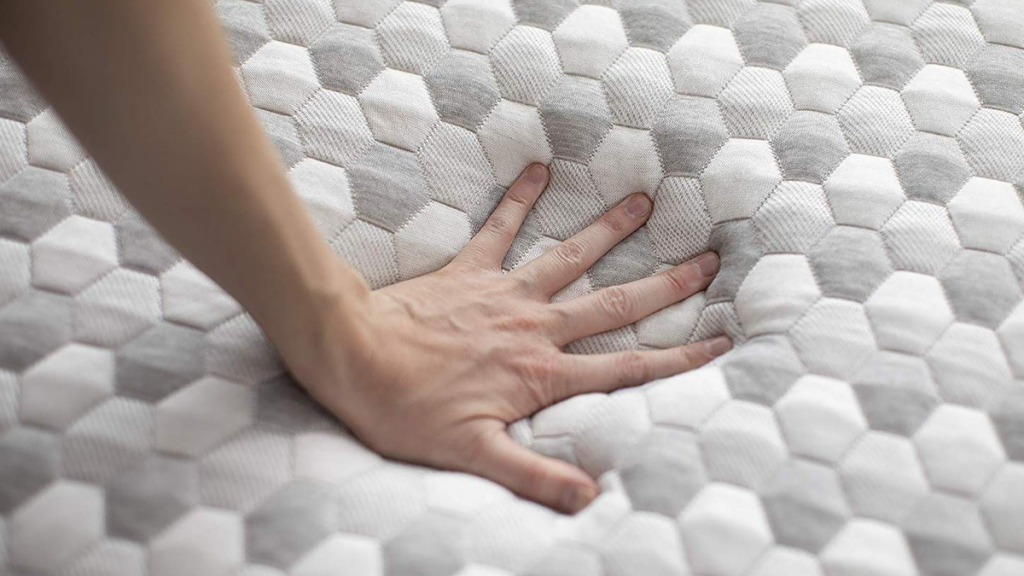
If your mattress warranty does not cover indents or sagging , there are still some options available to address these issues. You can try rotating or flipping your mattress regularly to distribute the weight more evenly and reduce the pressure on certain areas. Adding a mattress topper can also provide extra support and cushioning. If the indent or sag is significant and causing discomfort, you may need to consider replacing your mattress.
In conclusion, while a mattress warranty can provide valuable protection against defects and damages, it is essential to understand what is covered under the specific terms and conditions. When it comes to indents and sagging , it is best to carefully read and follow the instructions for proper care and maintenance to prevent any issues that may void your warranty. Remember to always research and compare different warranties before making a purchase to ensure you are getting the best coverage for your needs.




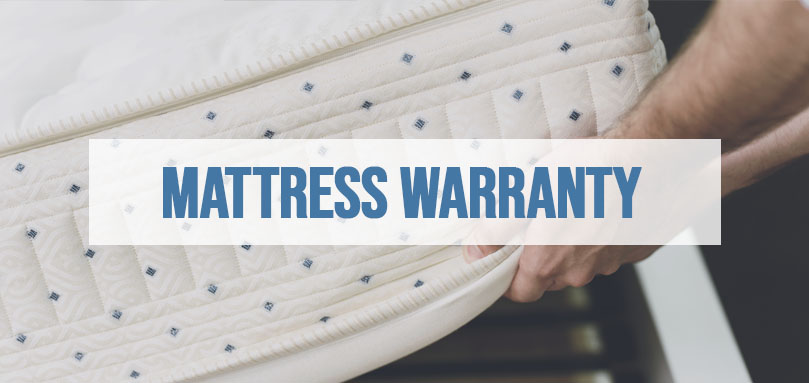


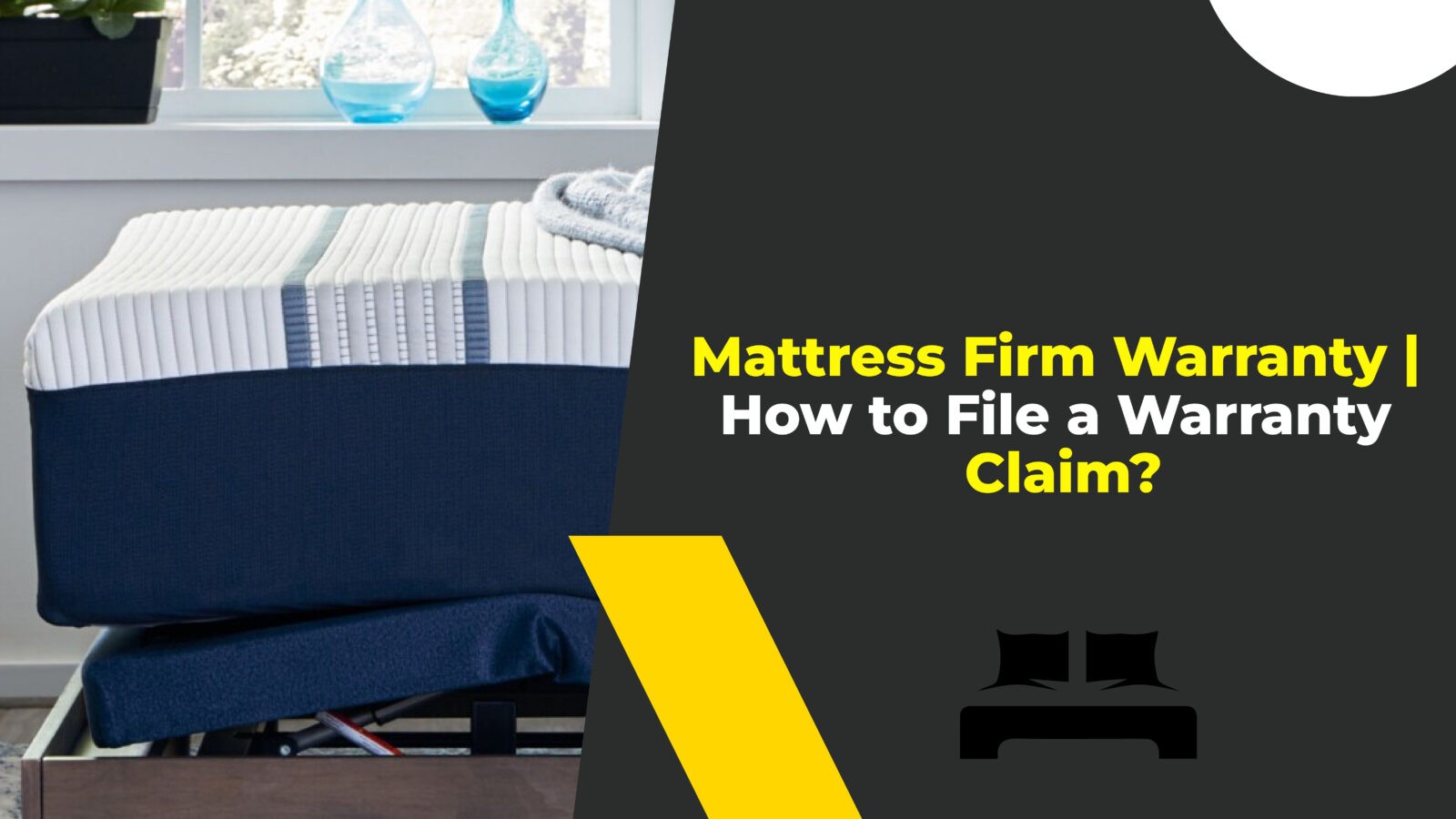
















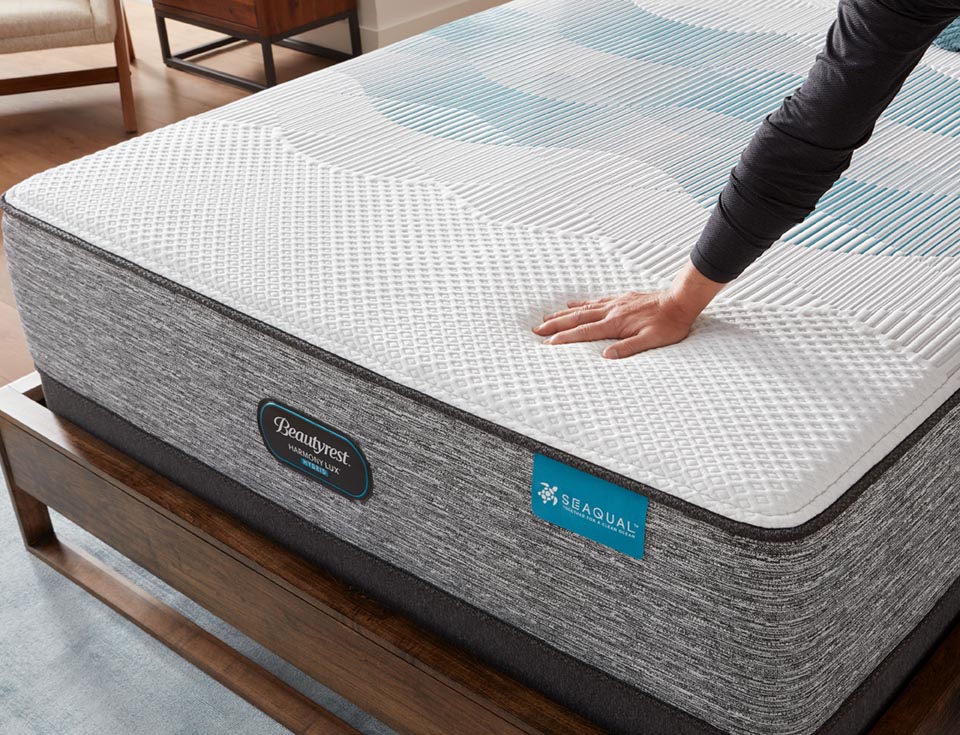
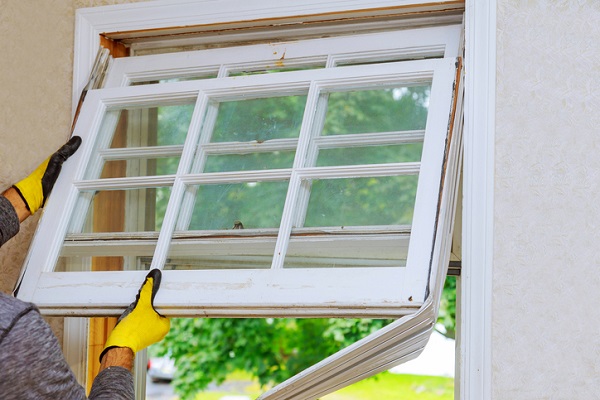







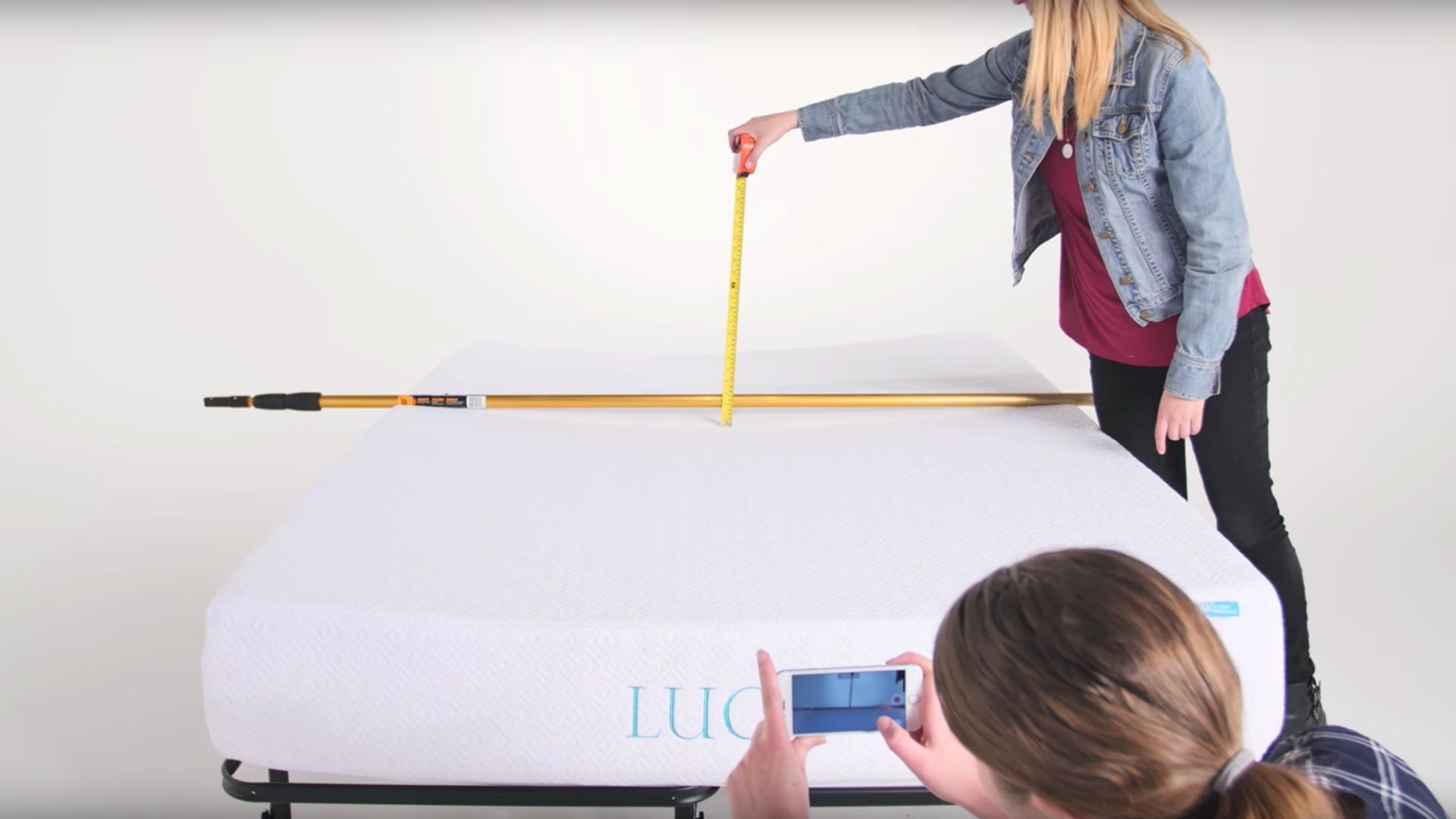





/GettyImages-1206150622-1c297aabd4a94f72a2675fc509306457.jpg)




